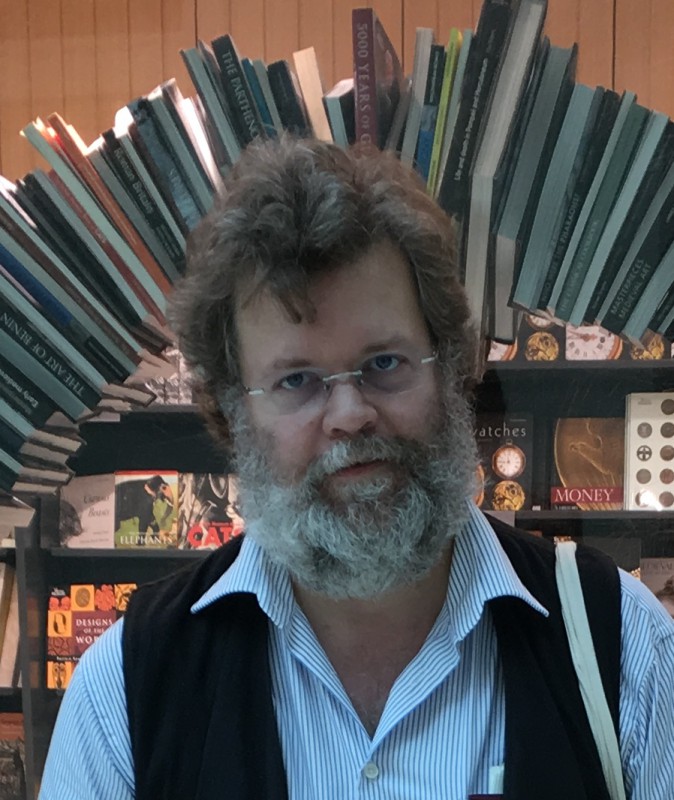Event Details

Topic description:
Where does novelty come from? The ability to innovate (i.e., to generate novel features or behaviors) is a defining characteristic of evolving and complex systems, and as such has been the subject of many research efforts. Biological, technological, socioeconomic, political and cultural transformations all presuppose that at some point in time “novelties” occur. Are there commonalities in the underlying processes generating novelty across domains? The possibility that such commonalities exist, and that they can form the basis of a theory of invention based on these common features, has been the topic of several recent theoretical proposals. In this talk I will summarize these attempts and focus especially on the role of regulatory networks in governing innovation processes. Understanding how regulatory structures affect the ability of systems to innovate or to respond to specific new challenges is important for all attempts to steer social, technological or economical systems into specific directions. Furthermore, understanding the role of regulatory structures also helps us to see the limits to innovation. This is especially important in light of a dominant paradigm that sees innovation as the answer to many societal challenges. This talk will address the following questions, starting from biological systems but with the goal to reach more generally applicable insights:
- What constitutes novelty? How can it be recognized? Formally described? Quantified? Compared?
- What are the necessary conditions for a system to invent?
- What sort of formal description (theory of novelty) could be developed that would encompass invention across domains?
Biographical note:
Manfred D. Laubichler is President’s Professor of Theoretical Biology and History of Biology at Arizona State University and a Professor at the Santa Fe Institute. He is director of the Global Biosocial Complexity Initiative at ASU and a member of the Scientific Advisory Board of the KLI and the Complexity Science Hub Vienna.


